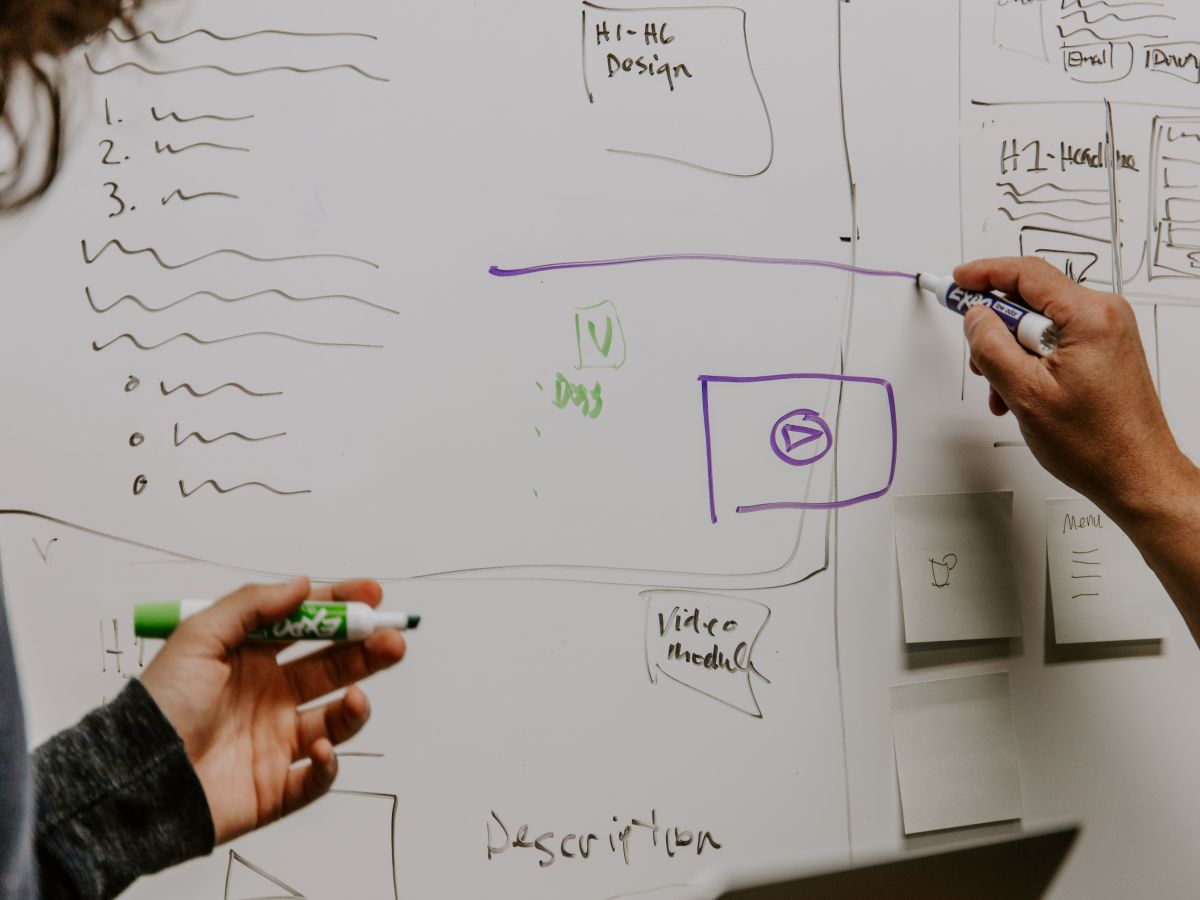As designers, we are always looking for the best possible outcome, and that often means working to a brief and making intentional decisions based on what we want the end result to look like. That means that when it comes to design, being deliberate is the winning approach, the backbone of retention. But what do we mean by “deliberate design”? In short, deliberate design is ultimately the practice of making conscious and intentional decisions to achieve a goal.
What Is The Difference Between ‘Deliberate’ and ‘Intentional’?
Strictly speaking the two terms are often used synonymously with each other, however there is a difference when it comes to design. Doing something deliberately means that you have completed a thought out approach and have performed an action based on a goal, however doing something intentionally means that you have completed an action purposefully due to it being the right choice or best practice. When we talk about deliberate vs intentional we have to look at why we completed these actions.
Designers should strive to provide a more thought-driven approach which is very ‘deliberate’ ; this is comparative to when we produce something that is merely ‘intentional’. Being deliberate with our design will always better our understanding of the overall project and can in turn lead to becoming intentional with our designs. Ultimately meaning that actions taken are done with intent and as part of a greater plan striving towards a final objective.
We often follow different paths when we design, however our end goals are the same. When we are deliberate, as designers, we really consider any implications to the work. We do an extensive amount of problem solving to bring purpose to what we have produced. Our decision making is considered in the long term. We weigh up the user’s needs and requirements vs the business needs and goals to make a more balanced outcome. We deliberately choose an option that fits the approach, and learning to become better is worth any effort and feedback.

Designing a website can be very hard. To make this easier for all parties to understand, as designers, we plan ahead and make sure that each website is pixel perfect. However, just like our customers and other users of your ecommerce store, we are forever learning and adapting our way of working to suit a fluid ecommerce environment.
No website is perfect and often allowing a quest for perfection to delay projects can hinder progress and mean you’re not growing as a designer. However, designing better and smarter by deliberately being intentional can lead to more growth and better outcomes for the site and the business.
With deliberate design, you're aiming for the best, but with intention, you’re choosing the right factors to have a clever and considered purpose. Everything we design is considered for purpose, from the layout, colours and even down to the font we use; we do this intentionally to uncover more on how it is working rather than the look.
How Can You Be Better At Being Intentional?
For any user experience to intentionally work, we think about a variety of elements, including:
- fully immersing yourself with one's users and the company’s buyer personas
- Making sure the design is intuitive and functional
While the design does need to look great, style over substance is not really best practice for UX, and how your users interact with the site is the critical part of any ecommerce website. Being that bit more intentional in the process of designing each element, could lead your users breezing through the sales funnel and converting to a sale.
The questions we ask when designing a website is “what are the real objectives for the business and the user?” Having these in front of you when designing can push the user experience to another level and help convert better too.
Planning what you want your users to do across your site can be a daunting task, however generating user personas and creating user journey flow maps will make this easier. Making it clear for each user group will help you understand their goals quicker while helping you achieve your objectives better. All in all, this mapping leads to improved top level primary navigation or as push points to collections within your Shopify store.
Getting Smarter at Being Deliberate with Goals
For any new project, setting smarter goals takes time but the willingness to do so can improve your user journey and more.

Be intentionally specific when it comes to the goal. Make sure that your intention from a design perspective can be understood easily by everyone. Understanding the data is something that is essential when reaching your end goal, and having access to measurable pieces of data will form tracked learning.
By ‘tracked learning’ we mean: whether what you have designed actually works or not. Are the goals that are set achievable, and if not, how can they be achievable and realistic over time? Importantly, are these goals relevant to the website’s overall product sales or does the context of these goals even make any sense?
Being smart about this has the power to make what you are designing a success in the eyes of your peers, your client and their users.
Provoking an Emotional Response in Users
One of the best ways to boost online sales is through provoking an emotional response in a user. Making them feel something when they’re on your site! When you're being that little more intentional at the UX design stage, you’ll be able to enhance the end user’s feelings. Resulting in these users intentionally staying on your site for much longer, reducing your overall bounce rate while improving micro-conversions and sales. Bonus!
Here at Eastside Co we make no exception. Our designers ask the right questions to understand your goals, your aspirations and your intentions. This knowledge gives our team their own clear goals to make something either deliberate and/or intentional. Contact us if you'd like to learn more about how we can help take your Shopify store's design to the next level.
UX Part 1 - Simplified UX Processes


